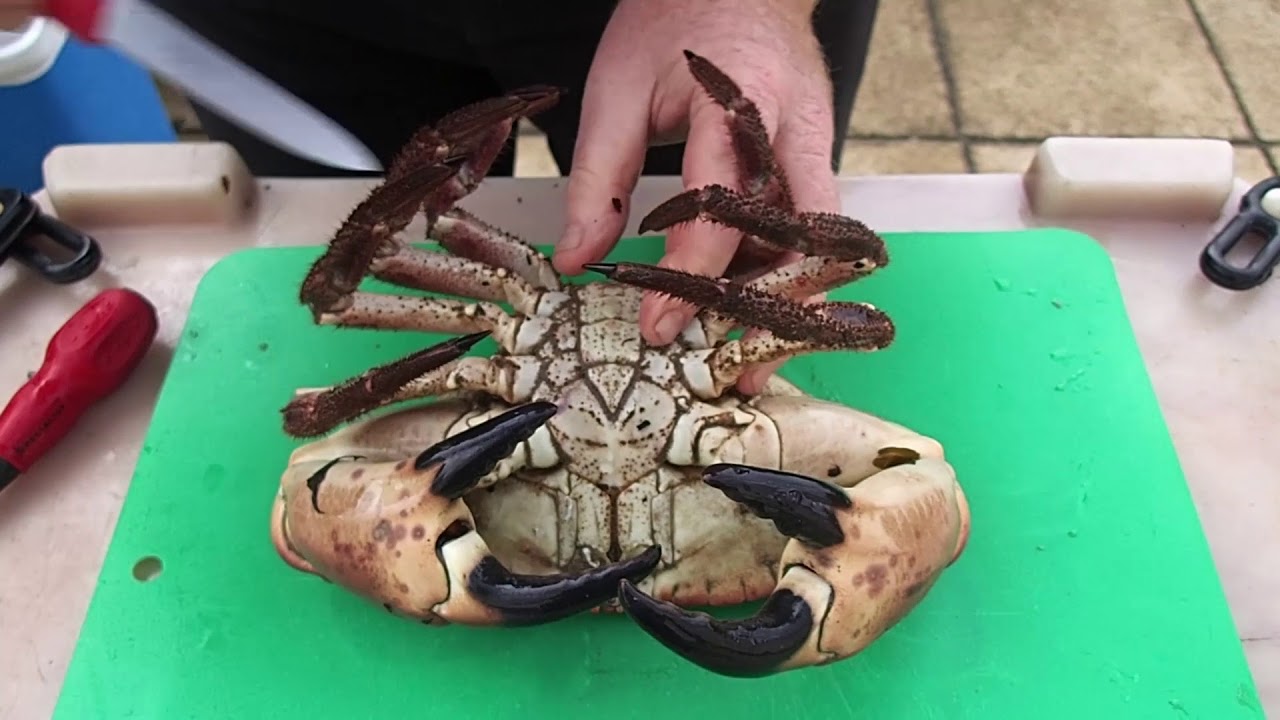

Articles
How To Store Live Crabs Before Cooking
Modified: December 7, 2023
Learn the best way to store live crabs before cooking in this informative article. Discover expert tips and tricks to keep your crabs fresh and delicious!
(Many of the links in this article redirect to a specific reviewed product. Your purchase of these products through affiliate links helps to generate commission for Storables.com, at no extra cost. Learn more)
Introduction
Storing live crabs before cooking is a crucial step to ensure their freshness and maintain their quality. When dealing with live seafood, proper storage practices are essential to preserve their flavor, texture, and overall appeal. Whether you’re preparing for a delicious seafood feast or just want to keep the crabs alive for a few days, knowing how to store live crabs correctly is essential.
In this article, we will explore the importance of properly storing live crabs, discuss the various methods you can use, and provide tips and precautions to ensure optimal storage conditions. By following these guidelines, you can maintain the freshness and taste of your crabs, resulting in a delightful and satisfying culinary experience.
Key Takeaways:
- Ensure live crabs’ freshness by selecting lively ones with intact shells and handling them carefully. Properly prepare the storage container and monitor temperature, air circulation, and water quality for optimal storage conditions.
- Whether using a refrigerator, cooler, or bucket, follow guidelines to store live crabs effectively. Regularly check and maintain storage conditions to ensure the crabs remain fresh and ready for a delightful culinary experience.
Read more: How To Store Live Lobster Before Cooking
Importance of Properly Storing Live Crabs
Properly storing live crabs before cooking is crucial for several reasons. Firstly, it helps maintain the quality and flavor of the crabs. Live crabs are known for their succulent meat and sweet flavor, but improper storage can lead to the deterioration of these qualities.
Secondly, storing live crabs in the right conditions ensures their freshness. Seafood, especially live seafood, is highly perishable, and keeping crabs alive and healthy until cooking is essential for a safe and enjoyable dining experience.
Furthermore, proper storage also allows you to extend the shelf life of live crabs. Whether you are purchasing crabs in advance for a special occasion or just planning to cook them later, knowing how to store them correctly will help prevent spoilage and maintain their quality.
By taking the time to store live crabs properly, you can enhance their taste, texture, and overall appeal, resulting in a more satisfying culinary outcome. So, let’s delve into the methods of selecting, handling, and storing live crabs to ensure their freshness and deliciousness.
Selecting and Handling Live Crabs
When it comes to selecting live crabs, there are a few key factors to consider. Look for crabs that are lively and actively moving, as this indicates their freshness. Avoid crabs that appear slugglish or have a foul odor. Additionally, ensure that the crabs have intact shells without any cracks or damage.
Once you have chosen the live crabs, it’s important to handle them with care. Crabs have sharp claws and can deliver painful pinches, so it’s advisable to use protective gloves or handle them using a towel or a pair of tongs. Avoid grabbing them directly with your bare hands to prevent any accidents or injuries.
While handling the crabs, make sure to hold them from the rear end or the back of the carapace to minimize the risk of getting pinched. It’s also important to handle them gently to avoid causing any stress or harm, as stress can affect the quality of the crab meat.
If you’re unsure about handling live crabs, it’s always a good idea to seek guidance from an experienced fishmonger or seafood expert who can provide you with valuable tips and instructions. They can demonstrate proper handling techniques and address any concerns you may have.
Remember, selecting and handling live crabs carefully sets the stage for successful storage and ensures that your crabs remain in optimal condition until you’re ready to cook them.
Preparing the Container for Storage
Before you store live crabs, it’s essential to prepare a suitable container that can provide a favorable environment for them. The container you choose should have enough space to accommodate the crabs comfortably without overcrowding them.
If you are storing the crabs in a refrigerator, consider using a large, shallow container with a lid. This allows for proper air circulation and prevents the crabs from suffocating. You can line the container with damp newspaper or a layer of moist seaweed to help maintain humidity levels.
If you plan to store the crabs in a cooler or a bucket, make sure it is clean and free from any contaminants. Give it a thorough wash with water and mild soap, and rinse it well to remove any residue. Avoid using containers made of metal, as it can react with the crabs and affect their quality.
It’s important to note that the container should have drainage holes or an outlet to prevent the accumulation of excess moisture. This helps prevent the crabs from sitting in water, which can be detrimental to their health.
Prior to placing the crabs in the container, it’s a good idea to wet the container slightly to create a moist environment. This helps replicate the natural habitat of the crabs and keeps them comfortable.
Preparing the container adequately ensures that the crabs have a safe and suitable space to reside during storage. This step sets the foundation for maintaining their well-being and freshness throughout the storage period.
Storing Live Crabs in a Refrigerator
A refrigerator is one of the most convenient and widely used methods for storing live crabs. To store live crabs in a refrigerator, follow these steps:
- Place the prepared container with the crabs on a shelf in the refrigerator. Make sure there is enough space for the container and that it is not packed tightly between other items.
- Keep the refrigerator temperature at around 40°F (4°C) to ensure the crabs remain in a cool and stable environment. Avoid placing the container in the freezer compartment, as it may be too cold and harm the crabs.
- Check the crabs regularly to ensure they are still alive and healthy. Look for signs of movement and listen for a clicking sound when the crabs are handled. If you notice any dead or weak crabs, remove them immediately to prevent them from spoiling the other live crabs.
- During storage, it’s important to maintain the humidity levels in the refrigerator. To do this, you can place a damp cloth or a small container of water in the refrigerator (away from the crabs) to create a slightly moist environment. This helps prevent the crabs from drying out.
- Avoid storing live crabs in the refrigerator for an extended period. It’s best to cook them within 24 to 48 hours to ensure their freshness and flavor.
Storing live crabs in a refrigerator allows you to control the temperature and create an ideal storage environment. By following these guidelines, you can keep the crabs alive and maintain their quality until you’re ready to cook them.
Store live crabs in a cool, damp place, such as a cooler with ice packs or a damp cloth. Keep them covered to prevent them from escaping. Do not submerge them in water or store them in airtight containers.
Read more: How To Store Crawfish Before Cooking
Storing Live Crabs in a Cooler
If you don’t have access to a refrigerator, storing live crabs in a cooler can be a practical alternative. Follow these steps to store live crabs in a cooler:
- Prepare the cooler by cleaning it thoroughly and ensuring it is free from any odors or contaminants. Rinse it with water and mild soap, then rinse it well to remove any residue.
- Add a layer of ice or ice packs to the bottom of the cooler. This helps maintain a cool temperature and keeps the crabs comfortable.
- Place a damp towel or a layer of moist newspaper over the ice. This will provide some moisture and prevent the crabs from drying out.
- Arrange the live crabs on top of the damp towel or newspaper, making sure they have enough space to move around without overcrowding each other.
- Add another layer of damp towel or newspaper on top of the crabs to further maintain moisture levels.
- Close the cooler securely to trap the cold air inside and prevent any heat from entering.
- Store the cooler in a cool and shaded area, away from direct sunlight and extreme temperatures. It’s important to regularly check and monitor the temperature inside the cooler to ensure it stays within a safe range.
- Check the crabs periodically to make sure they are still alive and healthy. Remove any dead or weak crabs immediately to prevent spoilage.
- When storing live crabs in a cooler, it’s crucial to keep an eye on the ice levels. If the ice starts to melt, add more ice or replace the ice packs to maintain a cool and stable temperature.
Storing live crabs in a cooler requires a bit more effort and attention to temperature control, but it can be an effective solution without the use of a refrigerator. Follow these steps and monitor the conditions closely to ensure the crabs stay alive and fresh until you’re ready to cook them.
Storing Live Crabs in a Bucket or Tank
If you have access to a bucket or tank, you can store live crabs in a more spacious environment. Follow these steps to store live crabs in a bucket or tank:
- Choose a clean bucket or tank that is large enough to accommodate the crabs comfortably. Ensure that it has enough space for the crabs to move around without overcrowding.
- Add a layer of clean seawater or saltwater mixture to the bucket or tank. The water should be deep enough to submerge the crabs, but not too deep that they struggle to reach the surface.
- If you don’t have access to seawater, you can create a saltwater mixture by dissolving sea salt in fresh water. Make sure to use a marine aquarium salt or sea salt specifically designed for saltwater aquariums.
- Gently place the live crabs into the bucket or tank, making sure they are fully submerged in the water. Avoid stacking or piling the crabs on top of each other.
- Secure a lid or cover on the bucket or tank to prevent the crabs from escaping. Ensure that there are small ventilation holes or gaps to allow air circulation.
- Place the bucket or tank in a cool and shaded area, away from direct sunlight and extreme temperature fluctuations.
- Regularly check the water temperature to ensure it remains within the appropriate range for the specific type of crabs you are storing. Different crab species may have different temperature requirements.
- Inspect the crabs periodically to make sure they are still alive and healthy. Remove any dead or weak crabs immediately to prevent contamination.
- It’s crucial to maintain the water quality in the bucket or tank. Monitor the ammonia, nitrate, and nitrite levels regularly, and consider using an aquarium water tester kit to ensure optimal conditions for the crabs.
Storing live crabs in a bucket or tank provides them with more space to move and swim in a similar environment to their natural habitat. Remember to monitor the water conditions closely and provide proper care to ensure the crabs stay alive and healthy until it’s time to cook them.
Monitoring and Maintaining the Storage Conditions
Once you have stored live crabs using a specific method, it’s important to continuously monitor and maintain the storage conditions to ensure the crabs remain alive and fresh. Here are some key points to consider:
- Temperature: Keep a close eye on the temperature of the storage environment, whether it’s a refrigerator, cooler, bucket, or tank. Different crab species may have different temperature requirements, so it’s crucial to maintain the appropriate temperature range for the specific type of crabs you are storing. Monitoring and adjusting the temperature if needed will help keep the crabs comfortable and avoid any extreme fluctuations that could harm them.
- Air Circulation: Ensure that there is sufficient air circulation, especially when storing crabs in a container. Proper ventilation prevents the accumulation of gases and helps maintain a fresh environment for the crabs.
- Moisture Levels: Pay attention to the humidity or moisture levels in the storage container or tank. Crabs require a certain level of humidity to prevent dehydration and maintain their health. If necessary, add damp newspaper, towels, or a small dish of water to maintain the desired moisture levels.
- Water Quality: If you are storing crabs in a bucket or tank with water, it’s essential to monitor and maintain the water quality. Regularly check the ammonia, nitrate, and nitrite levels to ensure they are within a safe range for the crabs. Consider using an aquarium water testing kit to assess the water parameters and make any necessary adjustments.
- Checking for Dead Crabs: Regularly inspect the crabs for signs of weakness or death. Remove any dead or weak crabs immediately to prevent them from contaminating the other live crabs.
- Duration of Storage: Avoid storing live crabs for an extended period. It’s best to cook them within 24 to 48 hours of storage to ensure their freshness and taste. The longer crabs are stored, the higher the risk of a decline in quality.
By closely monitoring and maintaining the storage conditions, you can ensure that the live crabs stay healthy, fresh, and ready for cooking. Be attentive to any changes in temperature, air circulation, moisture levels, water quality, and the overall well-being of the crabs to provide them with optimal conditions during storage.
Precautions and Safety Measures
When storing live crabs, it’s important to take precautions and follow safety measures to ensure the well-being of both the crabs and yourself. Here are some key precautions to keep in mind:
- Handling: Always handle live crabs with care, using protective gloves or a towel to avoid getting pinched. Their sharp claws can cause injury, so it’s essential to be cautious during the handling process.
- Hygiene: Maintain proper hygiene throughout the storage and handling process. Wash your hands thoroughly with soap and water before and after dealing with live crabs to prevent any cross-contamination.
- Container Safety: Ensure that the storage container or tank is clean, free from any contaminants, and made of materials that won’t react with the crabs or affect their quality. Avoid using containers made of metal, as it can potentially harm the crabs.
- Water Quality: If storing crabs in a bucket or tank with water, regularly monitor and maintain the water quality. Proper filtration, aeration, and water testing can help ensure a safe and healthy environment for the crabs.
- Temperature Control: Maintain the appropriate temperature range for storing live crabs to prevent any drastic fluctuations that could harm them. Extreme temperatures can negatively impact their health and compromise the quality of the meat.
- Dead Crabs: Promptly remove any dead or weak crabs from the storage container or tank to prevent spoilage and avoid contaminating the remaining live crabs.
- Safe Handling of Cooked Crabs: When it’s time to cook the crabs, ensure they are thoroughly cooked to eliminate any potential foodborne illnesses. Follow proper cooking guidelines and discard any crabs with an off smell or unusual appearance.
By following these precautions and safety measures, you can ensure the well-being of the live crabs, maintain their quality, and minimize any risks associated with handling and storing fresh seafood.
Read more: How To Store Clams Before Cooking
Conclusion
Properly storing live crabs before cooking is essential to preserve their freshness, flavor, and overall quality. Whether you’re preparing for a seafood feast or simply looking to keep the crabs alive until you’re ready to cook them, following the right storage methods is crucial.
In this article, we discussed the importance of properly storing live crabs and explored various methods for doing so. From storing them in a refrigerator to using a cooler or a bucket, each method has its own advantages and considerations.
When selecting live crabs, look for lively ones with intact shells, and handle them with care to avoid getting pinched. Preparing the storage container by providing adequate space and maintaining the right conditions, such as temperature and moisture levels, is vital in ensuring the crabs’ well-being.
Regardless of the storage method you choose, it’s important to regularly monitor and maintain the storage conditions. This includes checking the temperature, air circulation, and water quality (if applicable), as well as removing any dead or weak crabs to prevent contamination.
By following these guidelines and taking necessary precautions, you can store live crabs successfully and enjoy their freshness and delicious taste when it’s time to cook them.
Remember, proper storage is just the first step. When you’re ready to cook the crabs, make sure to follow safe handling and cooking practices to ensure a delightful and safe dining experience.
So, next time you have live crabs, take the time to store them correctly, and unleash their flavorful potential in your culinary creations.
Frequently Asked Questions about How To Store Live Crabs Before Cooking
Was this page helpful?
At Storables.com, we guarantee accurate and reliable information. Our content, validated by Expert Board Contributors, is crafted following stringent Editorial Policies. We're committed to providing you with well-researched, expert-backed insights for all your informational needs.
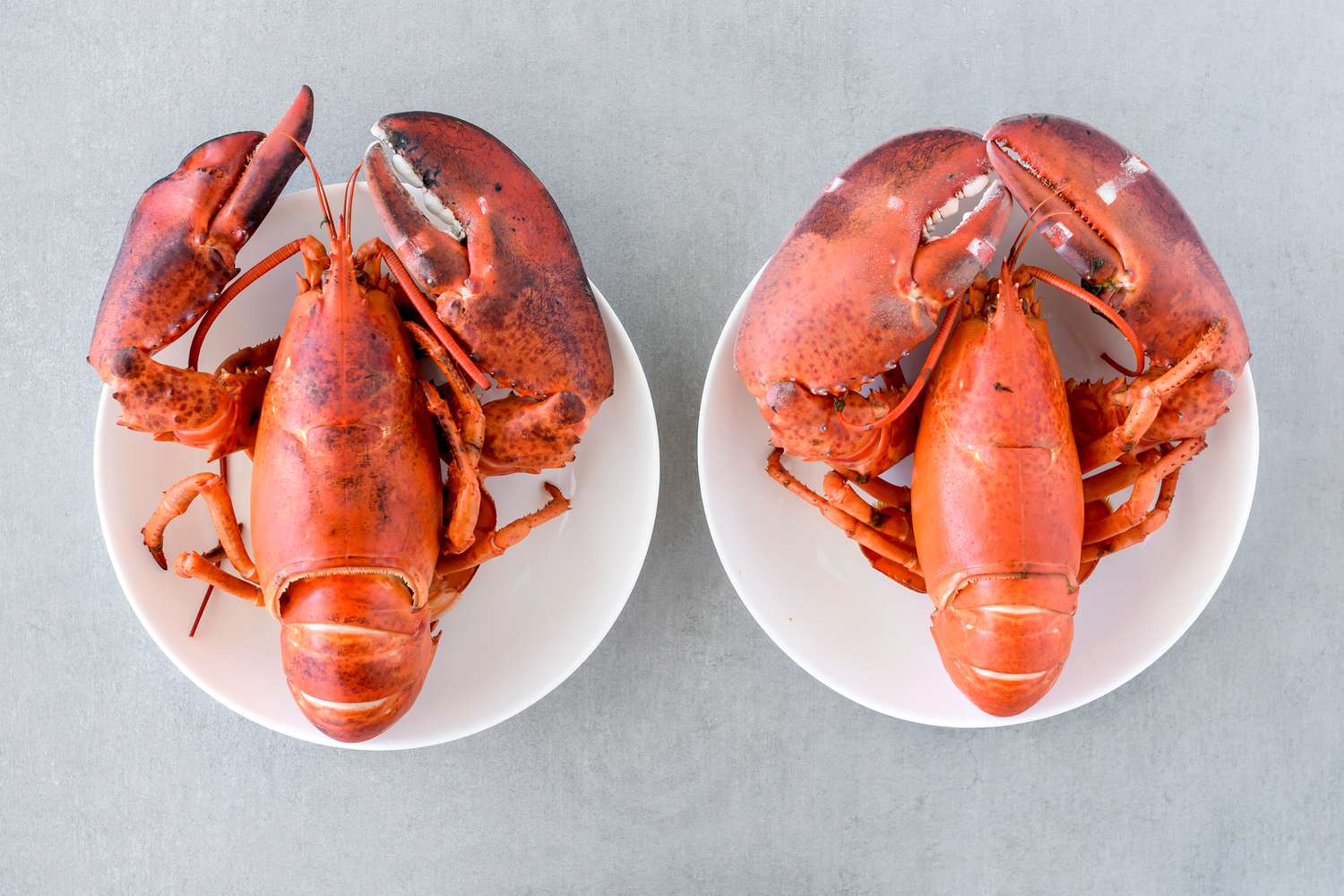
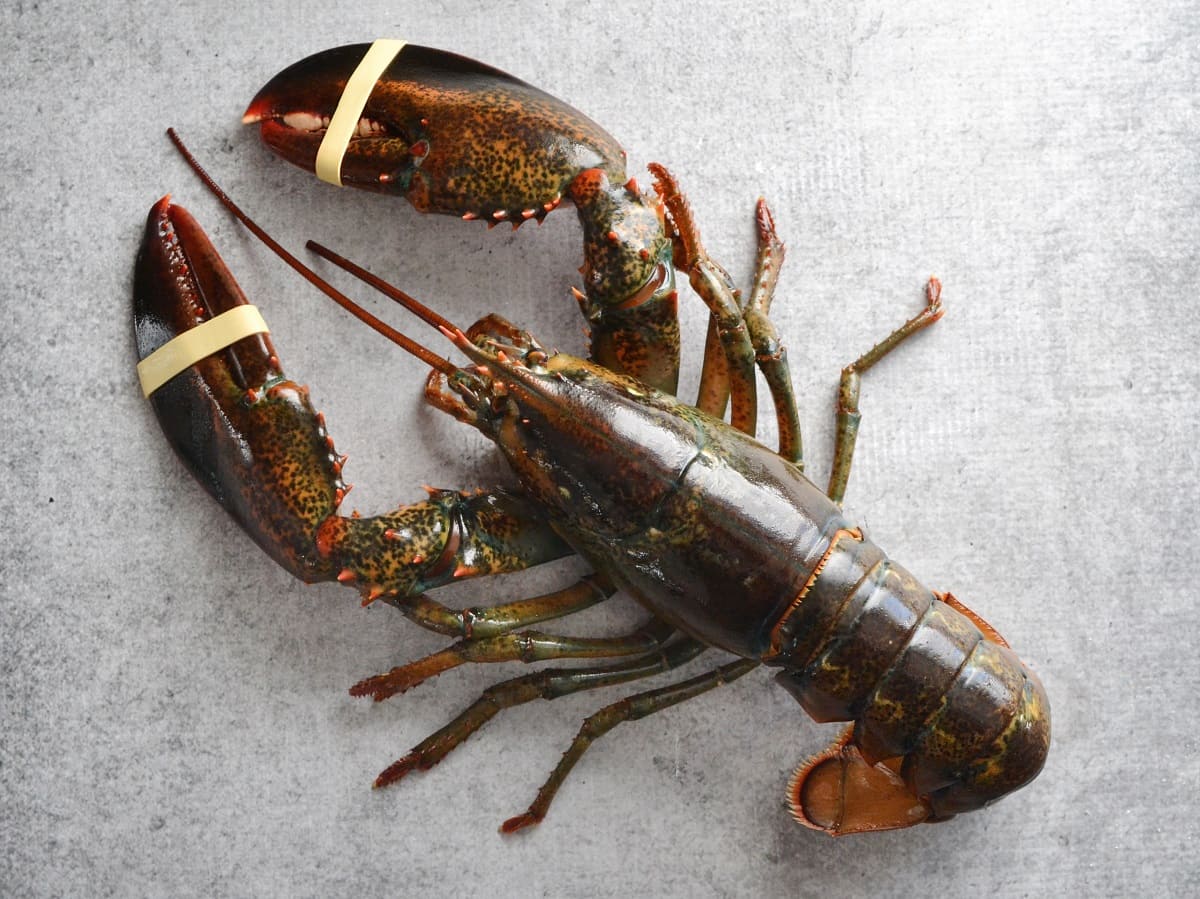
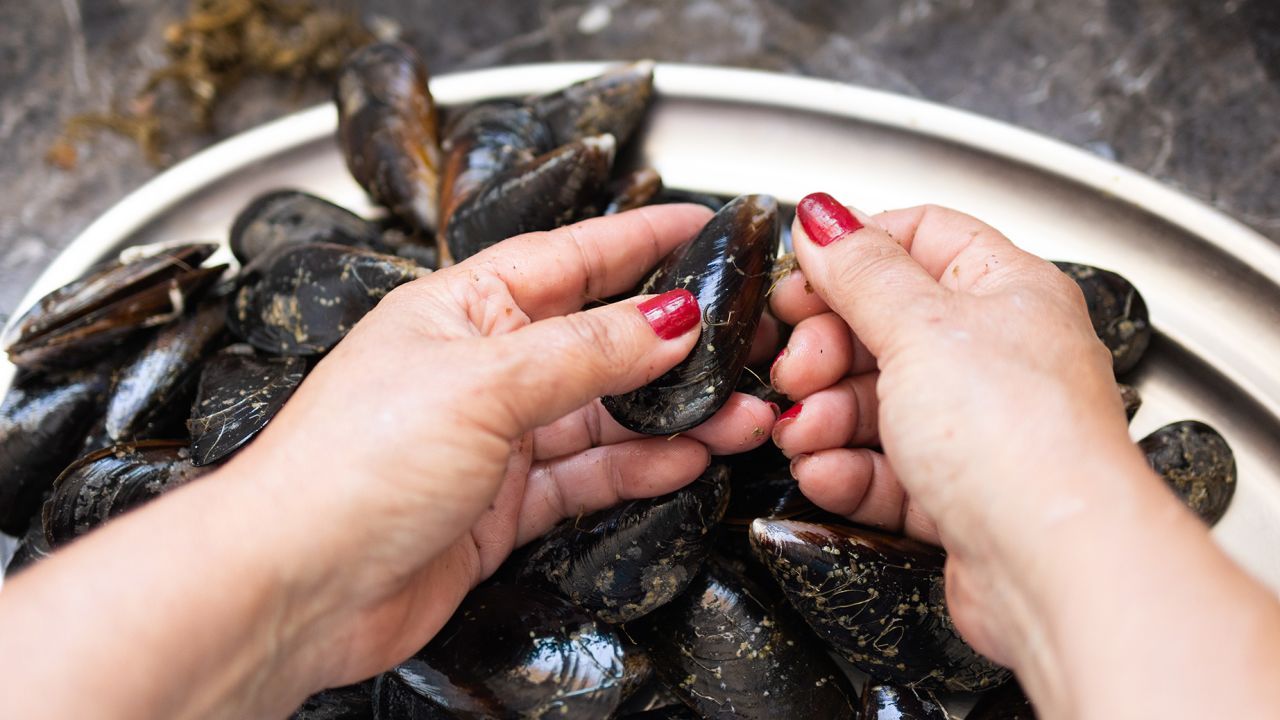
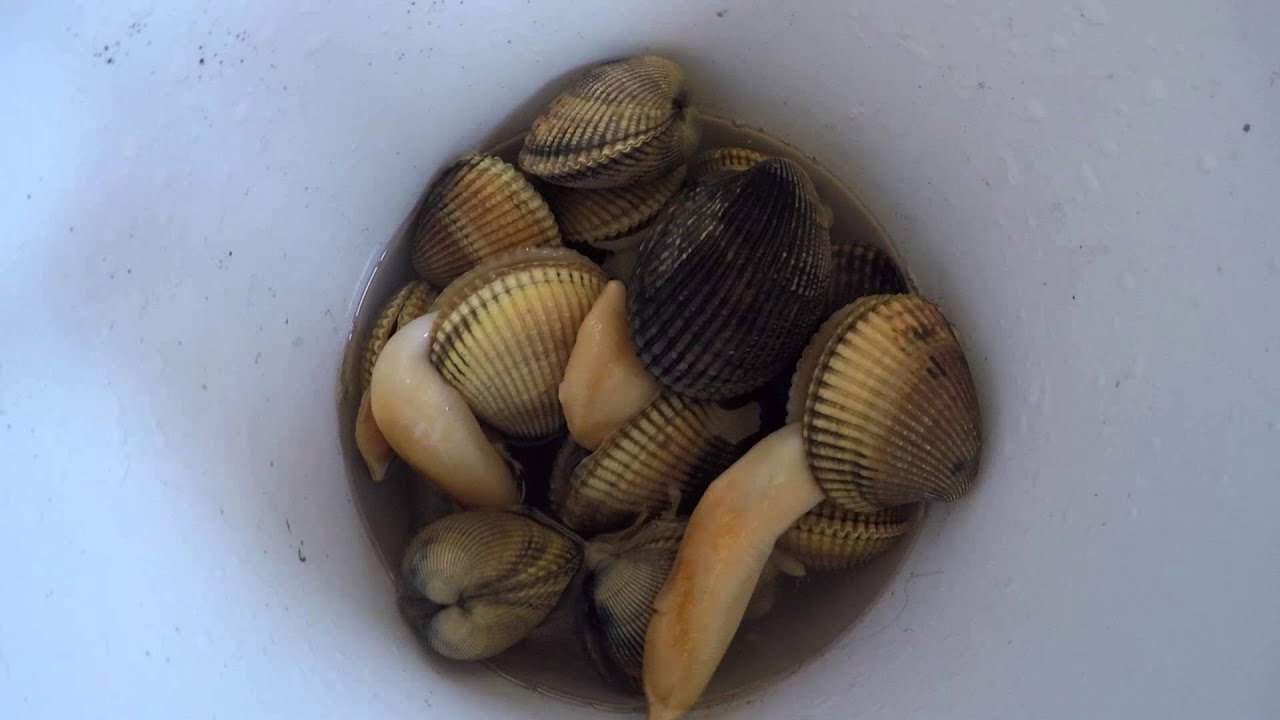
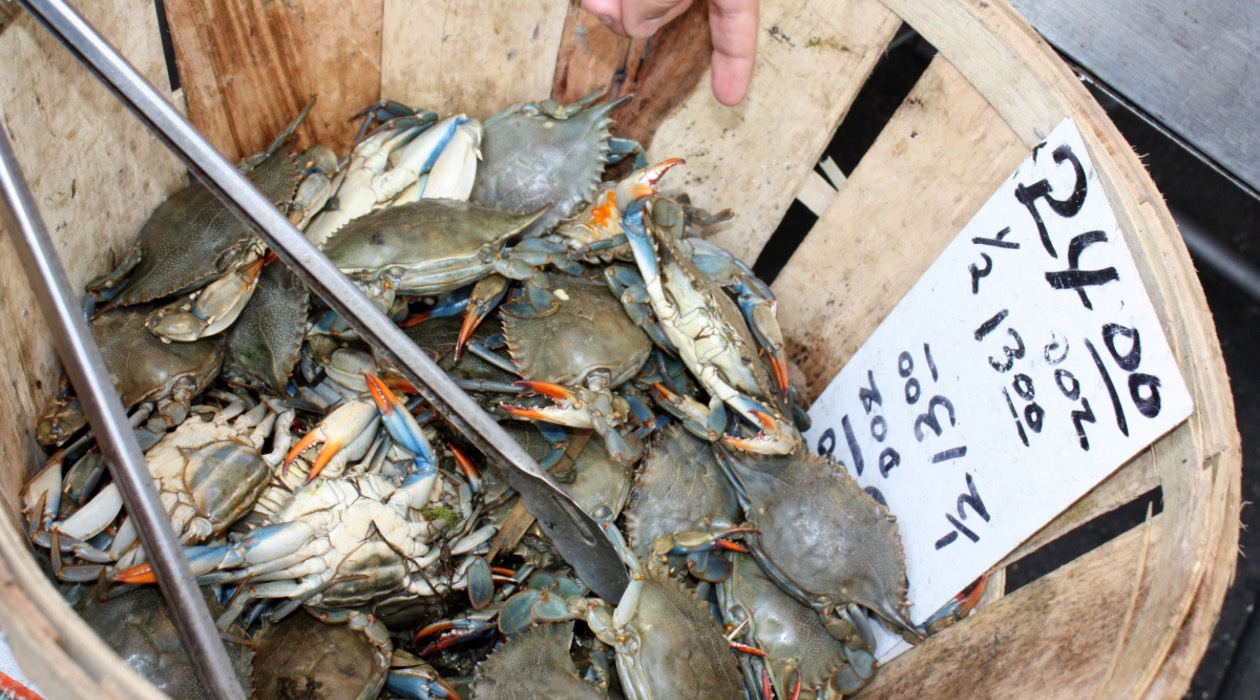
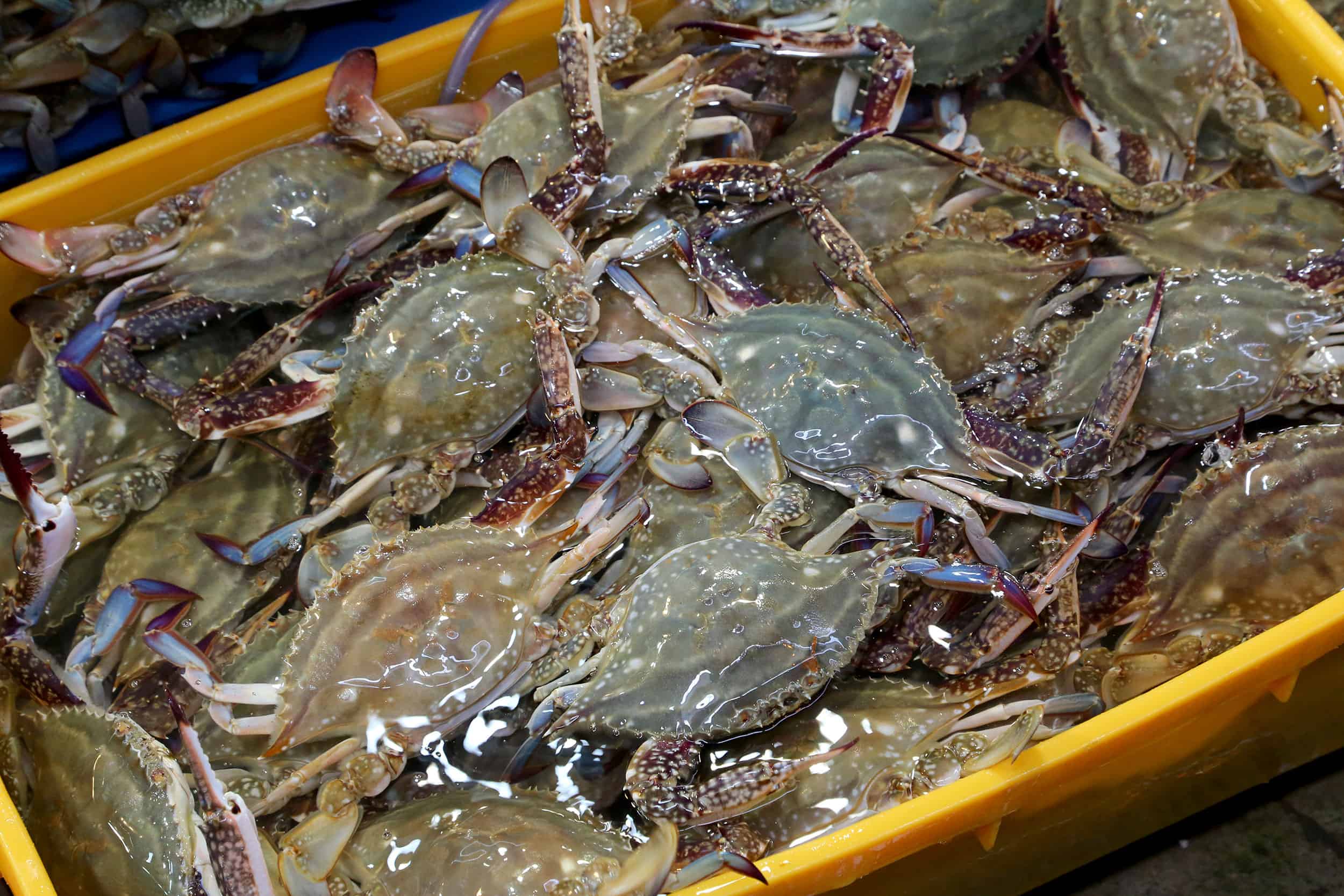
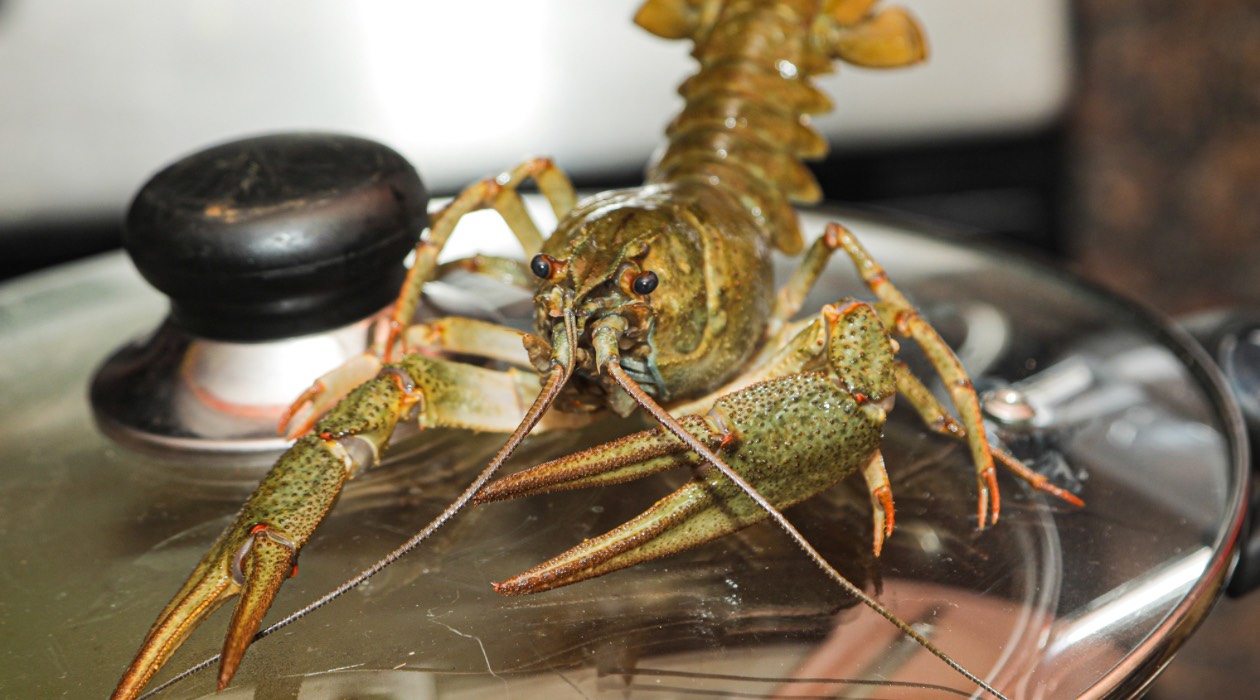
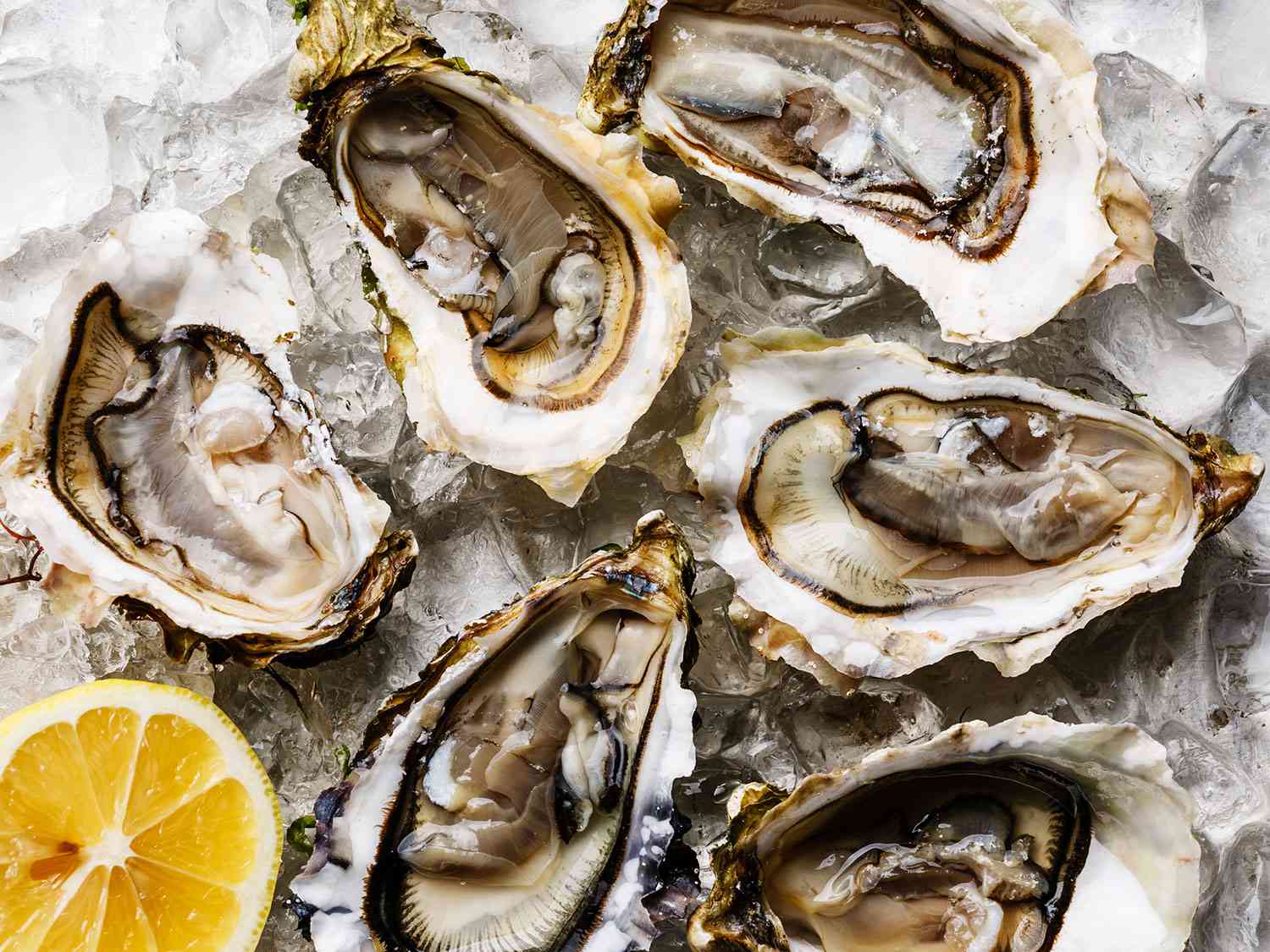
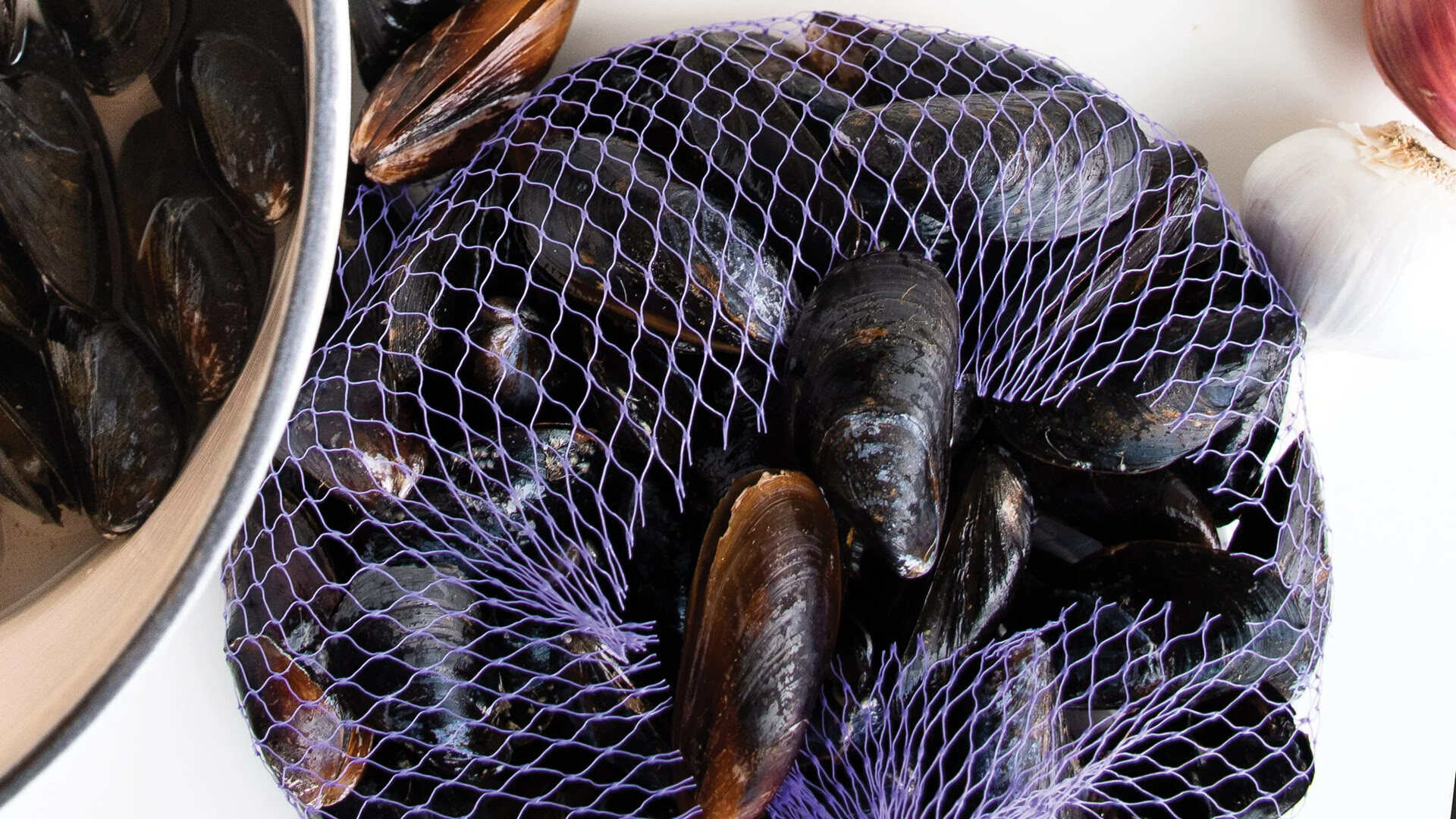
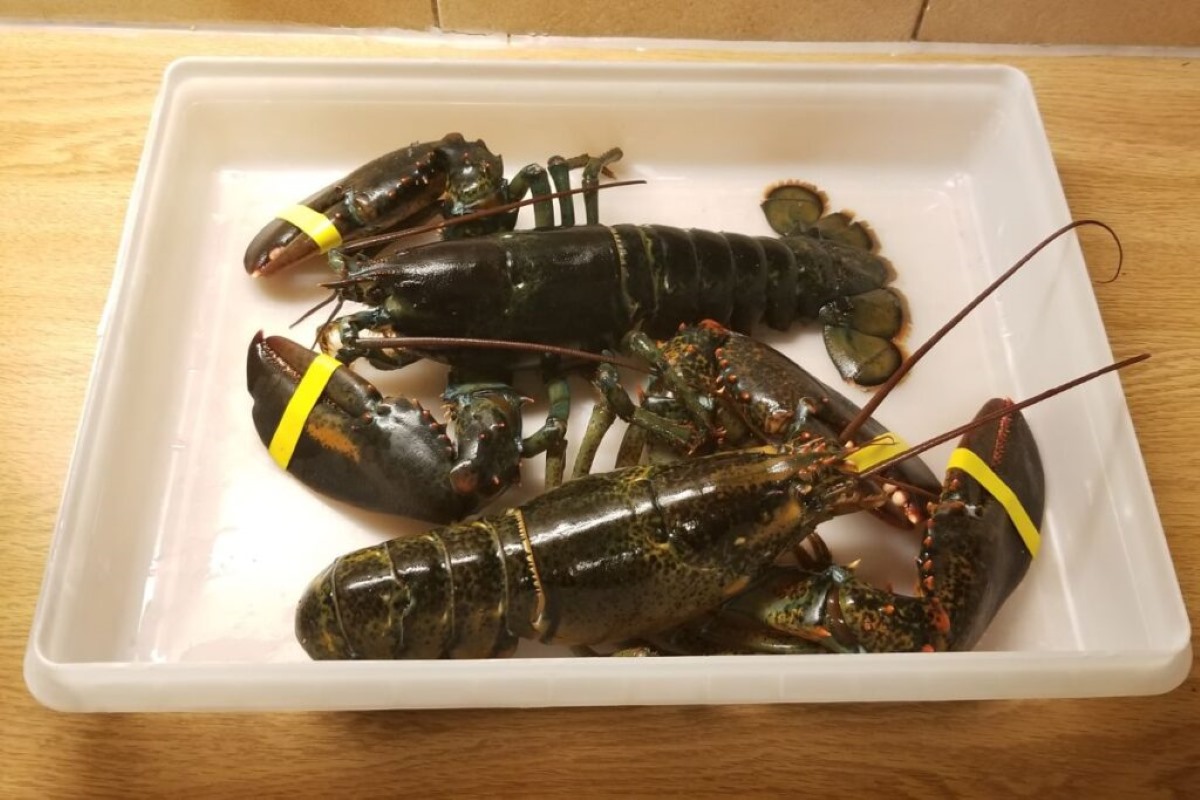
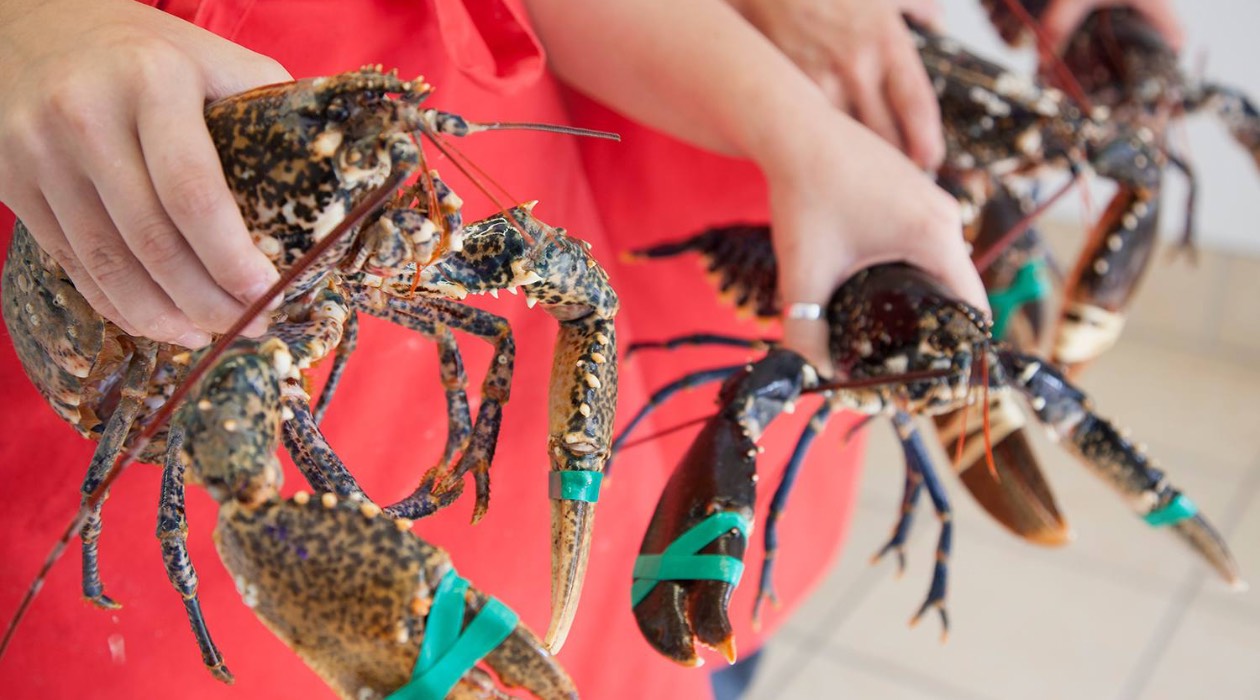
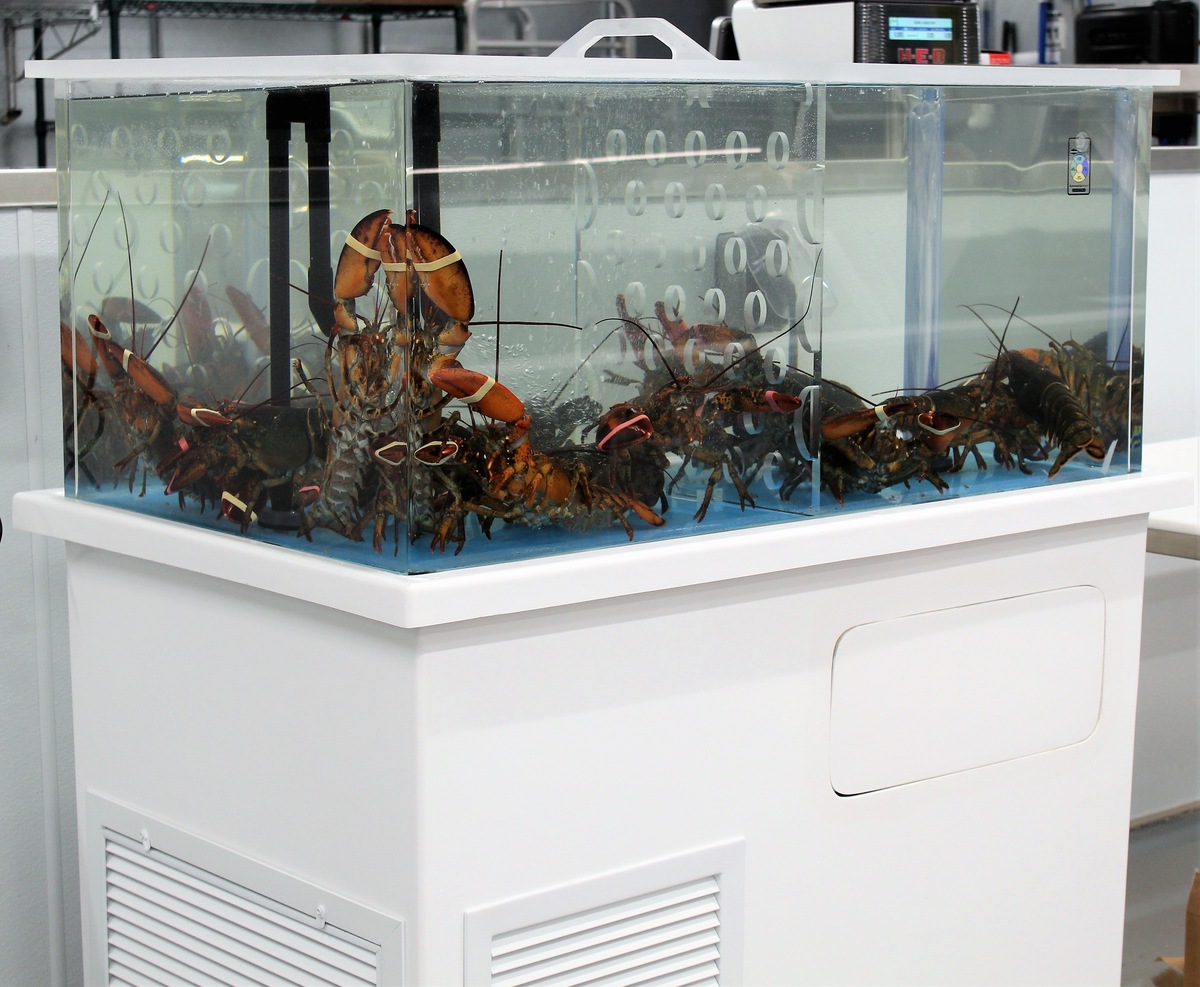
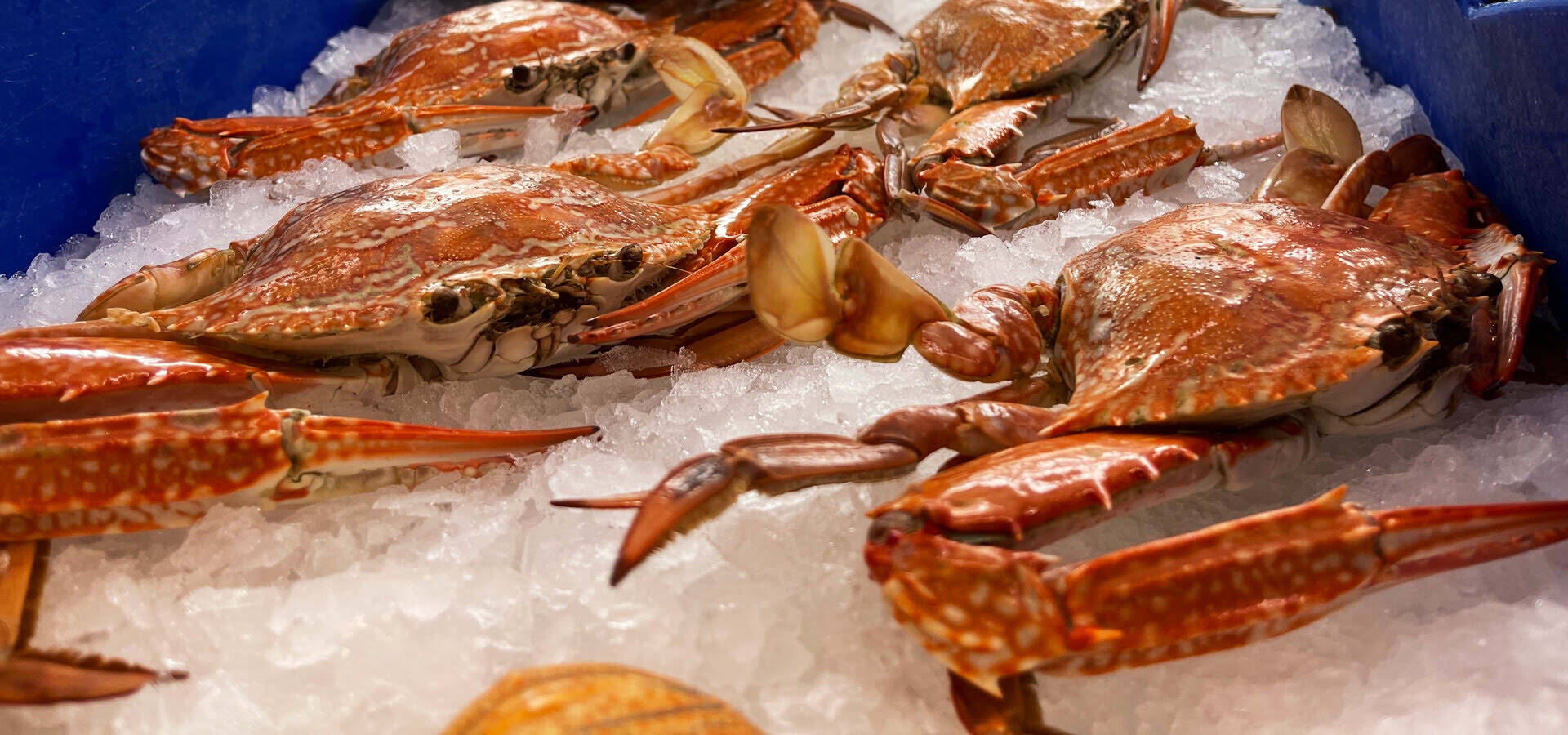

0 thoughts on “How To Store Live Crabs Before Cooking”